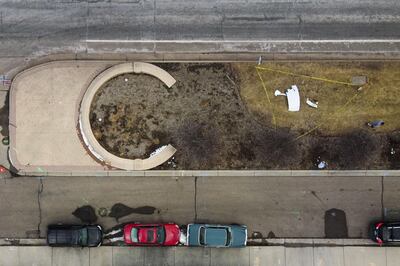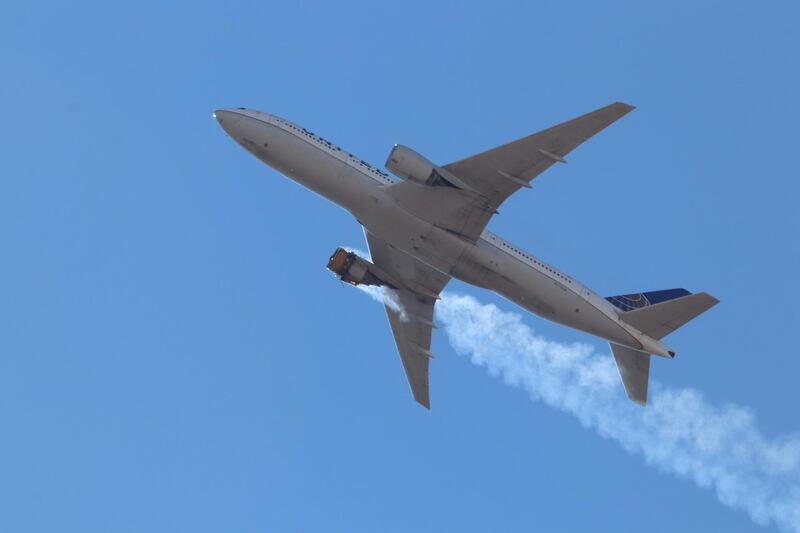The safety of travel by plane over other modes of transport is a favourite comparison for airline staff when trying to reassure anxious passengers. While aircrafts are as safe as ever, the sector's future has been in danger since the beginning of the pandemic. Recent events involving faults in planes will not help.
On Saturday, debris from a malfunctioning engine on a United Airlines flight tumbled down on to a Denver suburb. The plane in question was a Boeing 777 equipped with Pratt & Whitney 4000-112 engines, a model that has now been grounded by Japan's civil aviation authority, with backing from the Chicago-based manufacturer.
This will be a major blow to a company that had already posted a record loss of almost $12 billion in 2020. European manufacturer Airbus, Boeing's main rival, also saw a hit of more than $1bn last year.
Many of the challenges confronting the sector are outside its control. Passenger demand for international travel fell by more than 75 per cent in 2020 against 2019 levels. Airbus has had to cut about 15,000 jobs and does not expect aviation return to pre-pandemic rates of travel until possibly as late as 2025. While the company predicts making a profit in 2021, pessimists argue a far slower timeframe, pointing to the immense challenge of rebuilding a sector now experiencing activity rates not seen since the 1980s and 1990s.

There are also ways in which aviation itself is to blame. In 2018, Boeing was widely criticised for its response to two deadly crashes involving its new 737 Max model. Some alleged that Boeing had inadequately prepared pilots for new control features on board, and that the company unfairly blamed them immediately after the tragedies. In fact, the main cause of the catastrophic failures were faults in the aircrafts' updated systems. At the time, the company also stalled on early calls to ground the new fleet.
There have been concerns over passenger safety against Covid-19 when flying. An early study at Harvard University argued that sophisticated air filtration systems onboard would remove almost all bacteria and viruses. But authorities in both Vietnam and Ireland have recorded instances in which a cluster of infections can be traced back to a flight. So far, such cases appear to be isolated events. But these worries will feed into wider consumer worries about the safety of the sector.
Today, people are even calling into question the very future of the aviation sector, a conversation that would have seemed absurd before the pandemic. Despite the downturn, we still owe a great deal to aviation as it strives to minimise delays in the delivery of vaccines, medical equipment and other critical goods. But in a sector particularly vulnerable to scrutiny, it must maintain transparency and openness as it weathers this latest storm.






